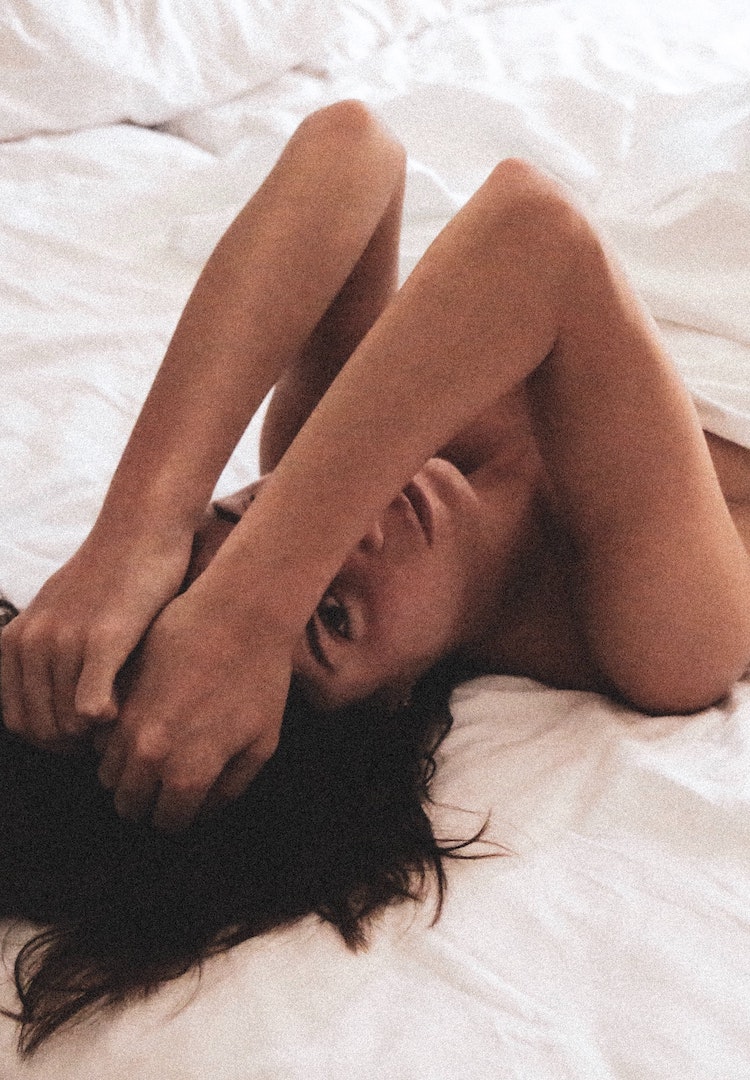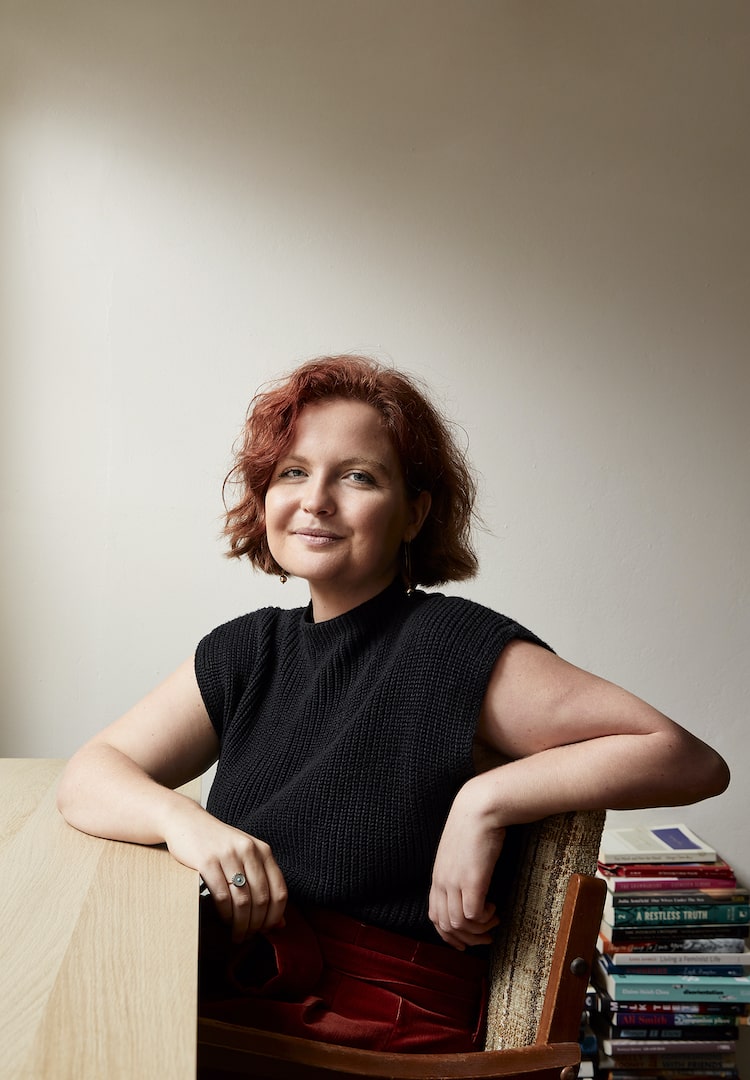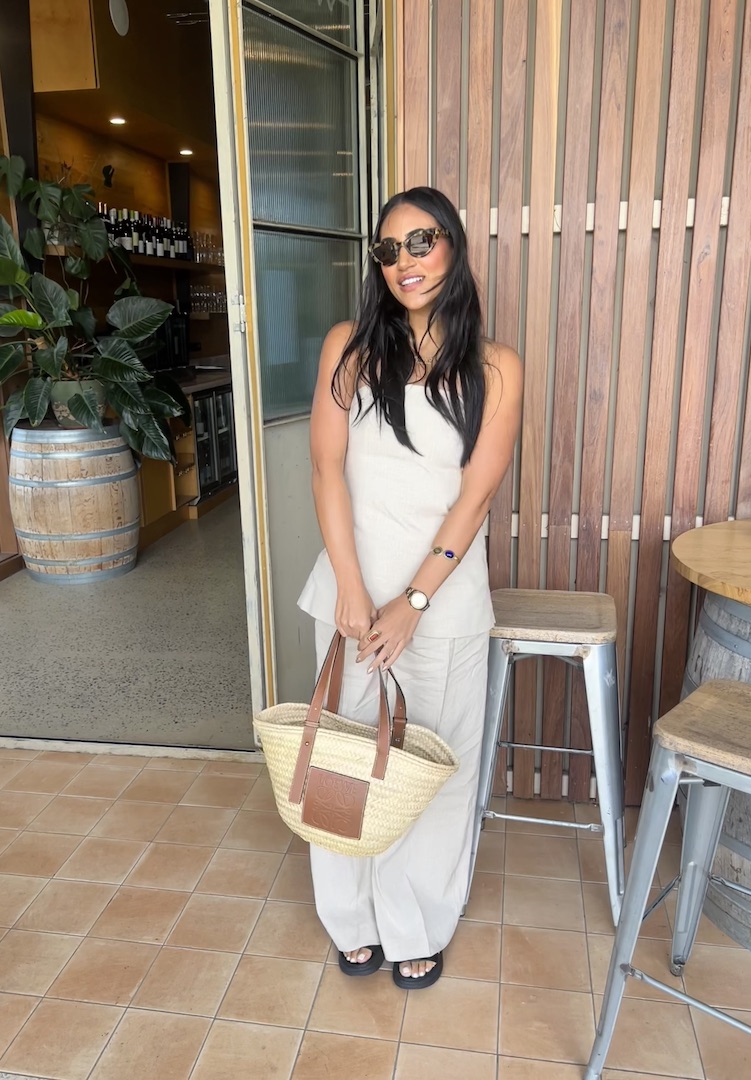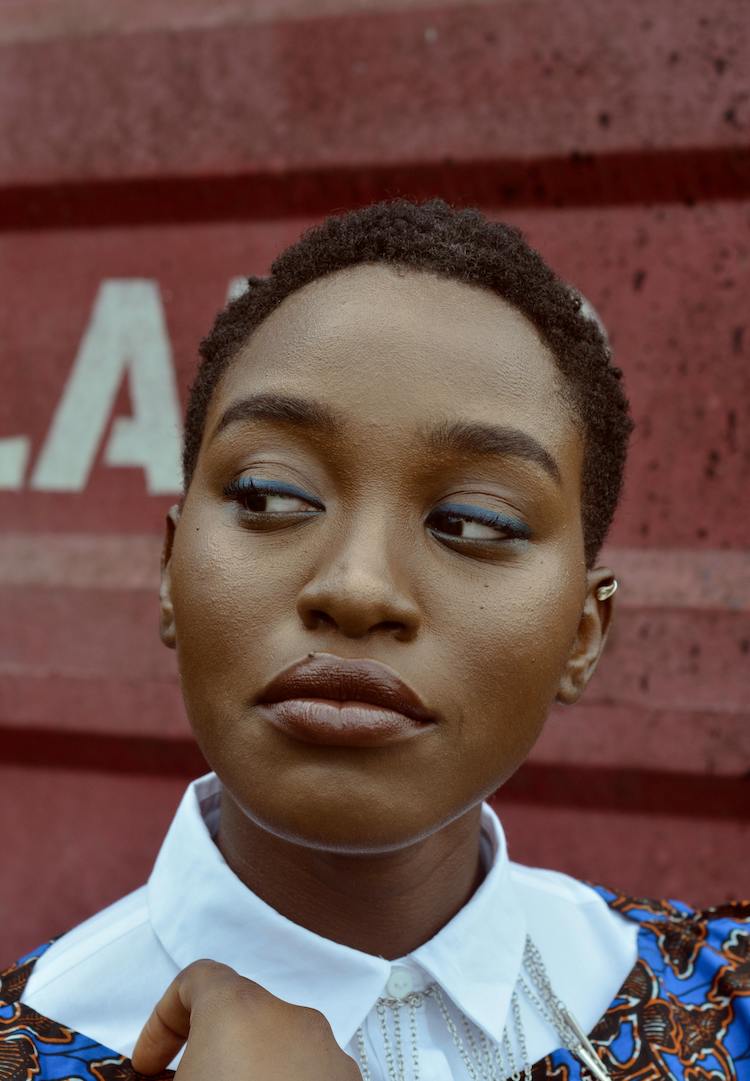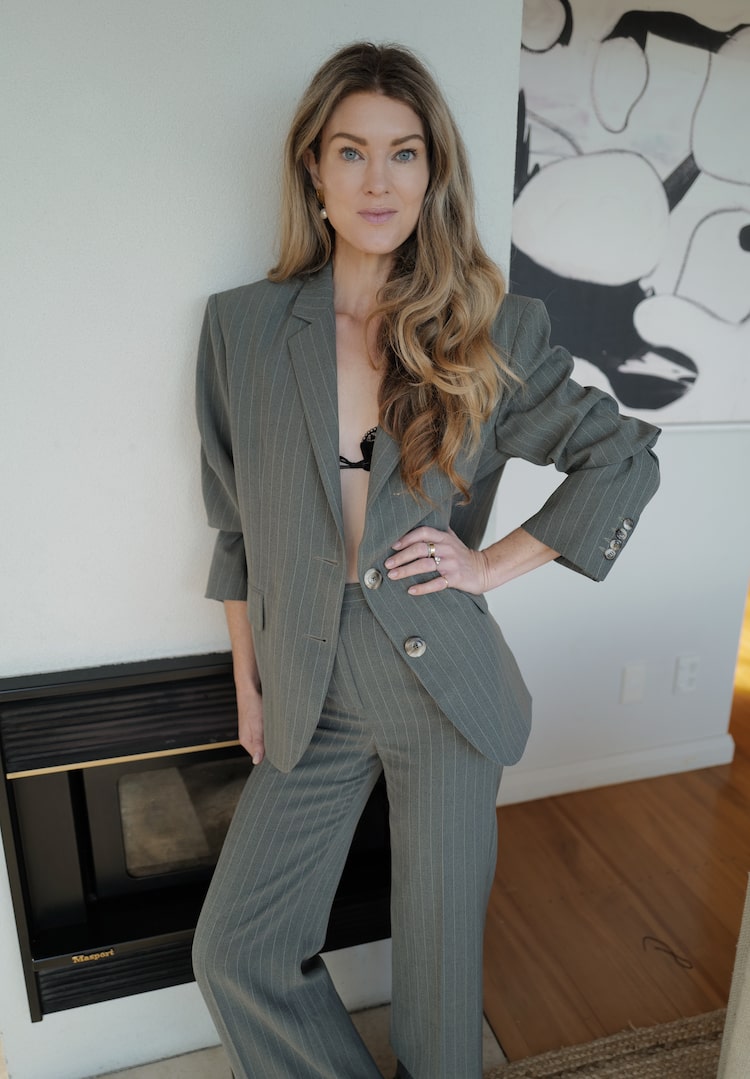How I Got Here: Melbourne photographer James J. Robinson on learning to separate himself from his work
IMAGE VIA JAMES J. ROBINSON
WORDS BY AMY FOCIC
“I’ve still got a lot to learn, and I’m only going to learn it if I’m slowing down and listening.”
Have you ever stalked someone on LinkedIn and wondered how on earth they managed to land that wildly impressive job? While it might look like smooth sailing, there’s no doubt been a heck of a lot of hard work involved in getting there.
So what lessons have been learnt and what skills have proved invaluable in getting them from daydreaming about success to actually being at the top of their industry?
Looking for a new 9 to 5? Head to our Careers page for new listings daily.
Welcome to How I Got Here, where we talk to people who are killing it in their respective fields about how they landed their awe-inspiring jobs, exploring the peaks and pits, the failures and the wins, and most importantly the knowledge, advice and practical tips they’ve gleaned along the way.
At this year’s Melbourne Fashion Festival, we’re taking our much-loved How I Got Here series live, and interviewing three fashion industry insiders about how they scored their dream job. If you can’t get to Melbourne, don’t stress – we’ll be sharing career stories and advice from our interviewees here, too.
First up is internationally renowned Melbourne-born and LA-based photographer James J. Robinson. Late last year, a photo James took of a burning school blazer took the Australian media by storm. To capture the image he broke into his alma mater, St. Kevins College in Melbourne. It was a protest against the school, which he says “is a bubble where privileged young men can rehearse oppression without consequence, before graduating with flying colours into public”.
Though he’s a wildly successful artist who’s worked with the likes of Rihanna and Kylie Jenner, James’ photographs at St. Kevins speak to what matters most in his work – thinking critically about what art communicates to its audience, and creating accordingly. We spoke to James about rolling with the punches, separating himself from his work, and how slowing down helps him learn.
What do you do and what’s your official job title?
I’m an artist working across a few different mediums. I suppose I’m mostly known publicly for my photography and filmmaking, but I also write, produce, and do lighting design and support work.
Take us back to when you were first starting out. Did you study to get into your chosen field, or did you start out with an internship/entry-level role and climb the ladder? Tell us the story.
I’ll be honest because I think there’s a bit of a lesson in there – I actually never wanted to be a photographer and never really cared too much about my career in the industry. Writing films has always been my real, core passion, and this whole career in photography has just been a nice part of the journey along the way. I suppose to tell it roughly, I studied film while I ran a small creative agency right out of high school.
It started off as more of an event photography business where I managed a couple of photographers. I worked for a lot of friends for free through this business, and that’s how I started shooting my own work. I found it really fun collaborating with so many friends and bouncing off their creative energy. The collaboration element is what really attracted me. After graduating I moved straight to New York, where I started shaping my creative identity and forming a consistent sense of style that aligned with me. I also encountered a lot of failures.
View this post on Instagram
I went up for a lot of jobs I didn’t get, ended up working for free a little more than I should have, and went through dozens of creative blocks. The thing is, I never wanted to be a photographer, so it was easy to stop these things from affecting me too much. If I was up for an exciting job and didn’t get it, I just shrugged it off and kept working, because I knew that this was never really the field I wanted to be in anyway. It’s that casual perseverance and non-attachment that really paved my pathway, and it’s a good thing to practice in any career.
I’ve always just been riding the wave and not putting too much thought into it when things die down. A number of friends at the top of the industry all agree that the most successful creatives really aren’t the most talented, they’re just the ones that can roll with the punches and learn not to spiral over time. So I guess that was my pathway, just lots of persevering, patience, and non-attachment.
What challenges/hurdles have you faced getting to where you are now? Can you tell us about one in particular?
I really struggled with my mental health when I moved to New York to work. The work is abundant and fruitful over there, but like anywhere, the social life can be a little toxic if you’re not being self-aware. Of course, there’s a really sincere side to the city as well, but in the industry I was in, with the insecurities I had, and being only 21? I was like a lamb applying for a visa to the slaughterhouse. Before I knew it, people were defining me solely by the work I was doing and the followers I had.
View this post on Instagram
I remember asking someone for a lighter on my first night out in New York, they said, “Sure, but what’s your Instagram?”. It’s very NYC to be networking at every social event, but it formed a pattern where I would hinge my identity on the work I was doing. I stopped existing as a person outside of @james.pdf and it led to a lot of anxiety and self-esteem issues. When your self-worth and social worth only stem from your career, there’s nothing left to hold you up when something goes wrong. The whole earth shifts beneath you.
It was a hard lesson to learn, but an important one. Now I have a much stronger understanding of ego and have found a way to stop my work from defining me, and that by extension offers me a stronger sense of direction and intention behind what I do.
What do you want people to know about your industry/your role?
There’s an ethical responsibility working in this industry. Growing up and being on the receiving end of the media I’m now creating, I deeply understand how damaging thoughtless narratives and images can be for someone’s sense of the world and identity.
If you’re going to be creating something that will be seen by a large audience, make sure you’re reflecting deeply on certain ways your audience might take it. I don’t mean critically, I mean emotionally and subtextually. Why are you taking this image and what does it communicate?
What’s the best part about your role?
View this post on Instagram
Being able to work in a creative practice where you have the freedom to show your viewpoint has left me with a really beautiful body of work that tracks the twists and turns in the formation of my identity. Looking back on my folio is almost like a blueprint of my self-growth. It doesn’t mean much to anyone else but me, but it’s humbling to look back and see that even in moments I thought I had it all figured out there was still so much to learn. My body of work means so much to me because it’s like a nuanced autobiography that only I can read.
What would surprise people about your role?
Honestly, working in the high-earning commercial world and shooting with celebrities can be boring. The projects that look the most fun to my friends are the ones I have the least fun on. Maybe I’m speaking in hyperbole – there is still room to enjoy, but when there’s big talent attached or a well-paying client, the space for you to be creative gets smaller and smaller.
In the end, you can find yourself really having to fight when there are so many contracts, brands and email chains to filter an idea through. It’s why I’ve never stopped shooting family members and working with friends – even though there’s no money in it, there’s a freedom to run creatively wild that often isn’t afforded at this point in my career without a fight.
What skills have served you well in your industry?
Growing up, I mostly studied literature and philosophy, so I had developed a really strong sense of semiotics and subtext before I started shooting professionally. It’s served me really well because I have the language to rationalise and understand every one of my creative decisions.
View this post on Instagram
I love intellectualising my work and being meticulous at every point along the way, if for no one but myself. Because of this, the treatment-writing process (which ends up being 70 per cent of my job as an artist) becomes really enjoyable. Clients really respond to depth, but mostly, it just means that there’s no part of the process I don’t find fun.
What advice would you give to someone who wants to be in a role like yours one day?
Slow down, there’s no rush. Social media creates a kind of hypervisibility where it feels like everyone is achieving milestone after milestone. It can put pressure on you to work without taking a break. Coming from someone who overworked themselves straight out of high school, I now really value age and wisdom. There was a standard of work I was aching to create, but I realised that that nuance only comes with age and patience.
When I was 18, I was writing screenplays and photo treatments that touched on particular ideas, but I didn’t have the maturity to give them real insight. I’ve still got a lot to learn, and I’m only going to learn it if I’m slowing down and listening. In the words of Jeanette Winterson, shared by my wonderful friend Fariha Róisín, “I do not write every day, I read every day, think every day, work in the garden every day, and recognise in nature the same complicity.” This philosophy is applicable to every practice I can think of.
View this post on Instagram
What about a practical tip?
Put a late payment clause on your invoices and let your client know about it before you accept a job. More than half of my clients don’t pay my invoices on time. When you have rent to pay, it can be detrimental. Even worse is when you’re out of pocket on expenses. Charge an extra 10 per cent each week after they miss their deadline and enforce it. It’s standard in the industry so don’t worry about coming on too harsh. It also means the client won’t get into a habit the next time someone sends an invoice.
You can catch James at PayPal Melbourne Fashion Week for our How I Got Here live series. Find out more here.
Read the rest of the How I Got Here series here.
Looking to step up to a career in media? Each week we send a wrap of industry jobs straight to your inbox. Enter your details below and we’ll keep you in the loop, or browse current openings here.

